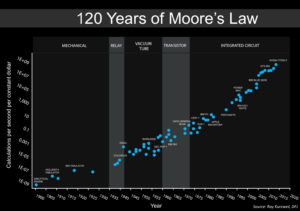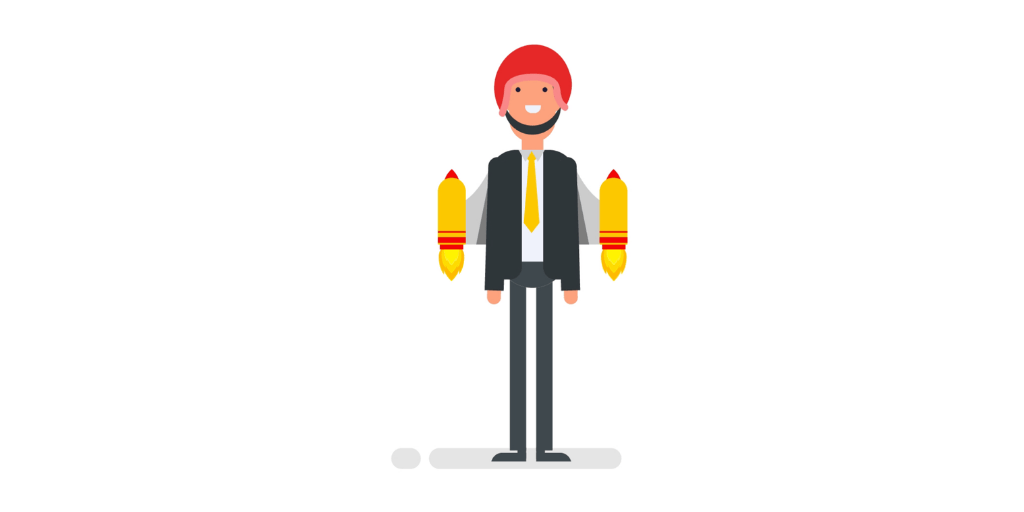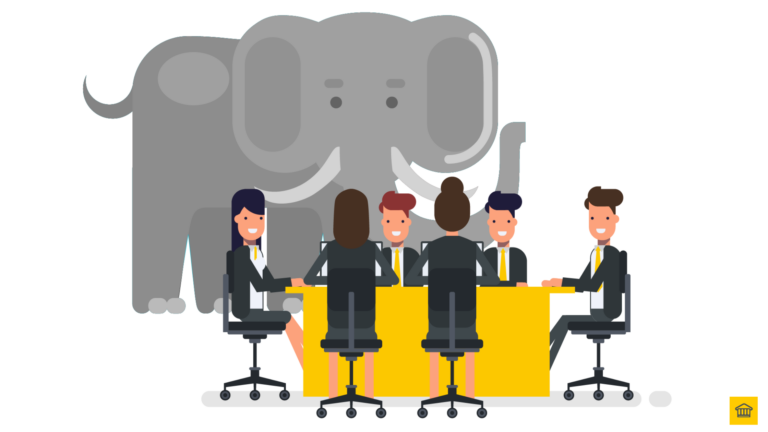There is a lot of hype around ‘digital transformation’, it’s the next best thing, the problem is, there is also a lot of confusion surrounding digital transformation. We will be addressing those misconceptions. We will look into why they come up and how they can be corrected.
The forces of change are here – the fourth industrial revolution, or Big Shift has fundamentally transformed business, economy and society. Organisations face a radically shifting context in – workforce, workplace and the ways it serves it’s customers.
In this post, we are going to:
- Clear up the ‘what is digital transformation’ misconception,
- The drivers of those changes, how is the workforce, workplace and customer needs changing, and
- What you need to not just survive, but strive in 2020.
Misconception #1
But first, let’s discuss the first misconception.
Digital transformation involves a Business that is using or adopting new technology or digital technologies, to change the way the Business operates.
To be explicitly clear – it isn’t ‘digital’ a.k.a digital technologies that are transforming.
Instead, ‘business’ transforms through the use of digital technologies.
We’ve given an example of digital transformation in our previous blog post here.
But first, let’s discuss the first misconception.
Digital transformation involves a Business that is using or adopting new/echnology or digital technologies, to change the way the Business operates.
Misconception #2
-
- ‘Digital’ is the only focus by those in charge, or those leading the change.
It’s perceived that ‘because ‘digital’ is ‘transforming’ it creates a sense of urgency or panic.
Take for instance the infamous Y2K hysteria in the 1990s.
The Year 2000 bug or Millennium Bug as it was called then led to an emphasis in immediate and radical change because a lot of digital products would cease to function.
We all know how the story ended.
Although the armageddon didn’t materialise, it did instil a culture or phantom known as the ‘burning platform’ phase, which lingered around like a bad smell for the next decade or two.
People were constantly reminded that technology is our friend, but if not watched closely, it could also become a foe, which means everyone is focusing on it.
While focusing on digital isn’t a bad thing, there are some aspects of the Business’ transformation that you might ignore with an overemphasis on ‘digital’.
This leads me to my second point.
- If you focus too much on the ‘digital’, what is it you are not focusing on?
An eye-opening 77% of executives reported that business adoption of Big Data or AI initiatives remained to be a major challenge.
Harvard Business Review Tweet
Additionally, only 7% of these executives cite technology as the challenge to adoption to digital transformation. Instead, 93% of respondents identify people and process as the key challenges.
Clearly, people and process are the biggest enablers of change – but 40.3% identify lack of organization alignment and 24% cite cultural resistance as the leading factors that contribute to the failure of digital transformation.
Drivers for Change
As mentioned, there are a number of drivers at play that are causing the Big Shift. These include technology (it’s everywhere, and soon to be clothes and shoes), AI, cognitively, robotics, automation & impact on jobs; the tsunami of data; diversity & generational change; change in the nature of a career; and explosion of contingent work.
Not only the rate of amount of change, but the rate of change has increased. Moore’s Law proposes that computer power doubles in capacity every 18 to 24 months, not only should they get faster; we should pay less for them.

In recent research, Accenture stated that 31% of companies have invested in AI in an effort to get ahead of the competition.
If you’re a Business Owner, Business Leader or Business Consultant, that should be a cause for a concern (or opportunity, whichever way you look at it).
What has that brought is changes in the workplace, workforce and customer demands.
Changes in the workforce, workplace and customer demands.
- Worker centric approach to the workforce
- Customers want multiple channels to interact
- Customers want to self-serve
- User experience is positive, intuitive and consistent
- Technology is up to date, secure and underpinned by robust data
- Worker centric approach to the workforce
- Customers want multiple channels to interact
- Customers want to self-serve
- User experience is positive, intuitive and consistent
- Removed waste from your processes and systems (TIM WOOD – Time, Inventory, Motion, Waiting, Overproduction, Over processing and Defects, the LEAN acronym for the 7 Wastes)
- Remove handoffs between staff members in the same and different departments (i.e. solve the question or issue at the first point of contact)
- Provide enough information (i.e. the minimum) at each steps of the process for the customer to make a decision to proceed to the next step (i.e. it adds value) to allow the User to progress on their own, and not raise any unnecessary queries.
Use User experience design to enable your Organisation to become intuitive, swift and effective, and organise itself in a way that users don’t have to think, they only have to touch, read, scroll and interact.
Heath Gascoigne Tweet
- Technology is up to date, secure and underpinned by robust data.
Customers and Employees want modern, up to date technology. But here’s the news flash – Your Customers they don’t care if it’s based on a relational database, AI, SOA (Service Orientated Architecture) or SaaS (Software as a service).
[That last point is a lie – if you are still asking your Users to download and install an application on their desktop, you better look for a new supplier, or team of IT developers, or your competition will!].What they want is a fast, reliable service and when they need to -only have to do that one process they do one hundred times a day, or once a year, to be easy, in one place, usually the same place, and if they forget their passport, make it easy to create and re-generate a new one.
They will get annoyed if the instructions or guidance are hard to follow, require resetting the pin or password each time, or need to download an app to their desktop each and every time they access or use your systems.
Customers know one part of the Business holds their details (i.e. banking), they don’t want to tell your Credit Card staff the same information, you already hold. They expect your Technology to be connected, securely accessing and updating a single source across all your business lines.
The key to good connected technology that only you (not your customer) cares about:
- Technology should be designed with the User (both Customer and Employee) experience principles in mind, and with a digital mind-set.
- Solution and growth designs focus should be seton robust, business-defined needs, and
- Adopt an agile-mindset, practices and ways of working to be constantly scanning the horizon for disruption and disruptors and testing new ideas and tech on customers, services and products to stay ahead of your competition!
AI is set to feature extensively in the coming years in every CIO agenda, with its current up take in its infancy. Gartner Interestingly reported15% of all customer service interactions will be handled solely by AI in 2021, a 400% increase from 2017.
Gartner Interestingly reported 15% of all customer service interactions will be handled solely by AI in 2021, a 400% increase from 2017.
Gartner Tweet
With the right design, process and systems, you will give you’re a streamlined, seamless and consistent customer experience, with customized services that is never limited by location.
Remember – A happy customer, is usually a repeat customer (same applies to Employees – they’re happy, they stay, better yet, they drive more business to you)!
Thank you for reading this, hope you found a lot of value in it!
Sincerely,
Heath Gascoigne
P.S. If you want to join our Business Transformator community of like-minded Business Transformators, join the community on the Business Transformator Facebook Group here.
P.P.S. If you want to learn more about business transformation, check out The Business Transformation Playbook here.
For more information, visit https://www.hoba.tech












